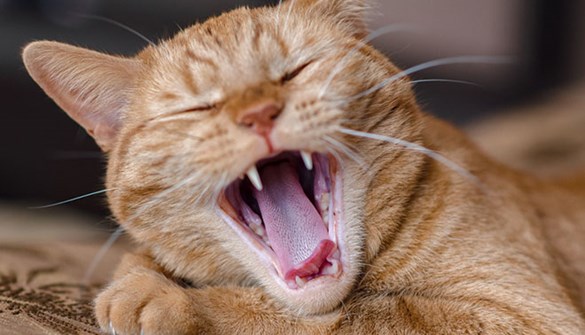The Responsible Cat Owner’s Guide
Owning a cat is a huge commitment, but also incredibly rewarding. Whether you’re a first-time cat owner or have experience, refresh your knowledge of responsible cat ownership with our guide.
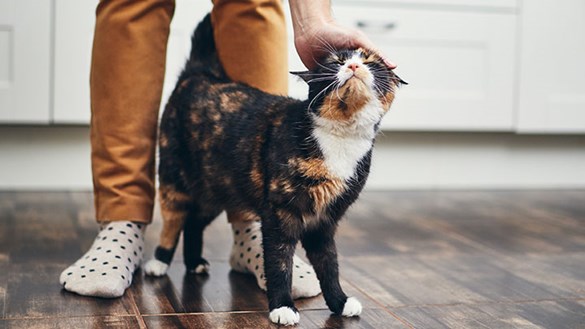
Caring for your cat
Providing a safe environment, encouraging regular exercise and play, feeding your cat the right diet and regular vet checks are key to responsible cat ownership. The right combination of these will ensure that your cat stays happy and healthy.
Dental care for cats
Taking care of your cat’s teeth is essential. Prevention is key and taking a few small steps can help improve your cat’s dental health. These include brushing their teeth with pet-friendly toothpaste using a small, soft toothbrush, and providing the right diet. For new pet-owners, it’s ideal to start this from a young age as it will mean that your cat is used to it. Read our guide on cat dental care.
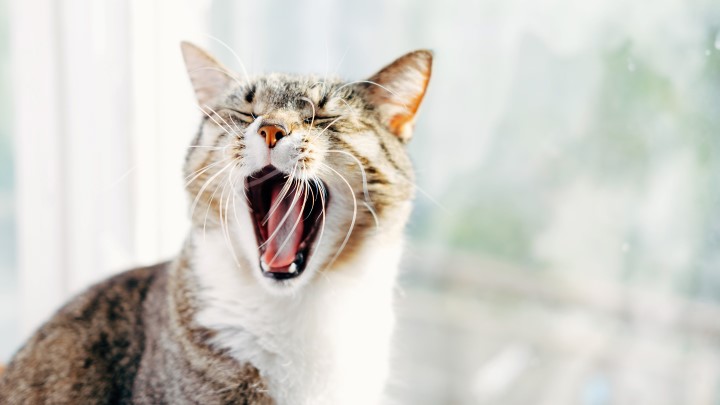
Maintaining the right diet for cats
Just like humans, cats have very specific needs when it comes to their nutrition. Choosing a high-quality, balanced diet and knowing how much they should eat is crucial in maintaining their weight, preventing health issues and making sure their body gets all the nutrients it needs.
Read our complete guide to your cat’s nutritional needs to find out if they’re eating correctly.
Pet-proofing the home
Cats can be very curious and the home environment has plenty of opportunities to explore. While they find different sights, smells and sounds highly stimulating, they’re not always aware that their inquisitive nature can land them in trouble.
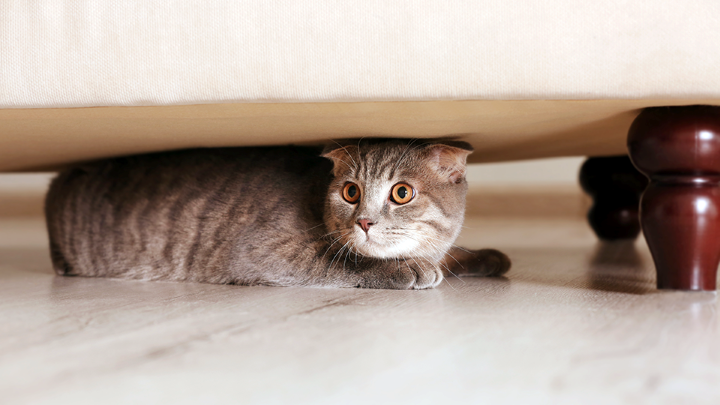
Here are some ideas for pet-proofing your home:
- Keep medications, cleaning products and other hazardous chemicals (such as antifreeze) in high cupboards, well out of reach
- Keep toilet lids closed to prevent your cat from drinking from them or falling in
- Use a cable tidy to clear away loose cables and wires, or hide them behind furniture to prevent chewing
- Store knives, scissors and other sharp objects well out of sight
- Switch to a heavy-based bin that isn’t easily opened or tipped over to stop your cat from rummaging inside for scraps
- Be mindful of the plants and flowers around your home and garden as some, such as lilies and daffodils, can be toxic to cats
Microchipping and ID tags for cats
Microchipping your cat is an essential part of being a responsible owner. While it’s not yet a legal requirement for cats, their inquisitive nature and tendency to wander off mean it’s highly recommended.
A microchip contains a unique code that links to your pet’s details, your name, address and phone number, and means they’re instantly identifiable when scanned by a vet, rescue centre or pet warden. This is often the only way to reunite lost, stolen or injured cats and their owners.
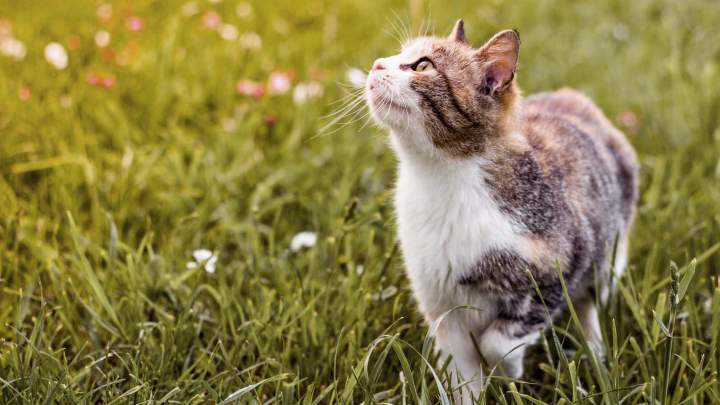
As well as having your cat microchipped, keeping your details up to date on the central database is crucial. Find out more about the process and the benefits in our pet microchipping advice.
Even though your cat should be microchipped, it’s still highly recommended that they also wear an ID tag if they wear a collar (a breakaway safety one is recommended). This should include your name and phone number so that a member of the public can call you if they find your pet.
Even though your cat should be microchipped, it’s still highly recommended that they also wear an ID tag if they wear a collar (a breakaway safety one is recommended). This should include your name and phone number so that a member of the public can call you if they find your pet. However, many cats become masters at removing pesky collars, so a microchip is the best solution.
Our practices are often able to use a chip to reunite lost cats and their owners, read about Lily who was returned to her owner after being missing for six months, for proof that microchipping is essential for cats.
Giving your cat regular exercise
Regular exercise is important for any cat’s health, no matter their breed, age or size. Thanks to their independent nature, most cats take care of their own exercise needs, but you can supplement this with regular playtimes together.
Your cat’s exercise needs will depend on their breed, age and any health issues they have. Speak to your vet or nurse for their recommendations on how much exercise your cat needs, and how to make sure they’re getting enough
Taking your cat to the vet
Regular health checks by your vet provide many benefits for your cat. At a health check appointment, your vet will give your pet a full nose-to-tail health check to check for any signs of illness. This is also a great opportunity for you to ask questions about your cat’s ongoing care, including their nutritional needs and weight, exercise requirements and preventative care.
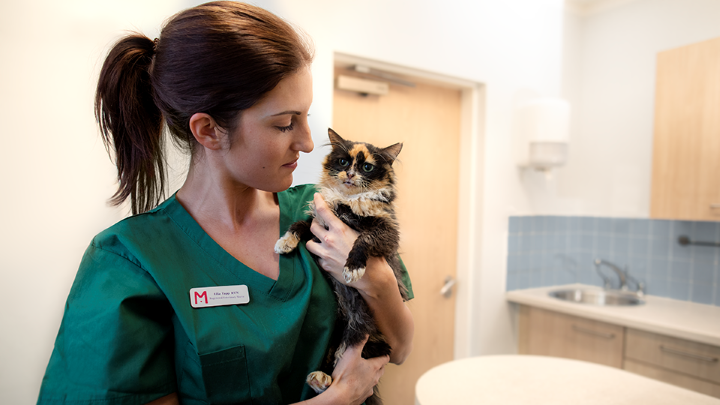
Your cat’s needs will change as they get older, and booking routine appointments with a vet or nurse is the best way to understand how to adapt your care routine. This includes booster vaccinations, dental checks, and even blood and urine tests in older cats, to keep them happy and healthy for years to come.
Taking your cat to the vet regularly will also help prevent future health issues that could affect your cat’s quality of life and lead to expensive vet bills. Detecting some conditions early can greatly increase the chance of a positive outcome. Our Medivet Healthcare Plan provides regular care such as six-month health checks in an easy, affordable way.
Read our advice article on reasons to visit your vet.
For more advice about being a responsible cat owner, contact your local Medivet practice

Medivet Healthcare Plan
On average our clients save an average of £225 with the Medivet Healthcare Plan.
Learn more

The Importance of Insurance
Insurance can offer peace of mind, especially in challenging times. At Medivet, we are committed to providing trustworthy, expert advice that helps you care for your pet, including advice on choosing the right insurance policy.
View Pet Insurance



